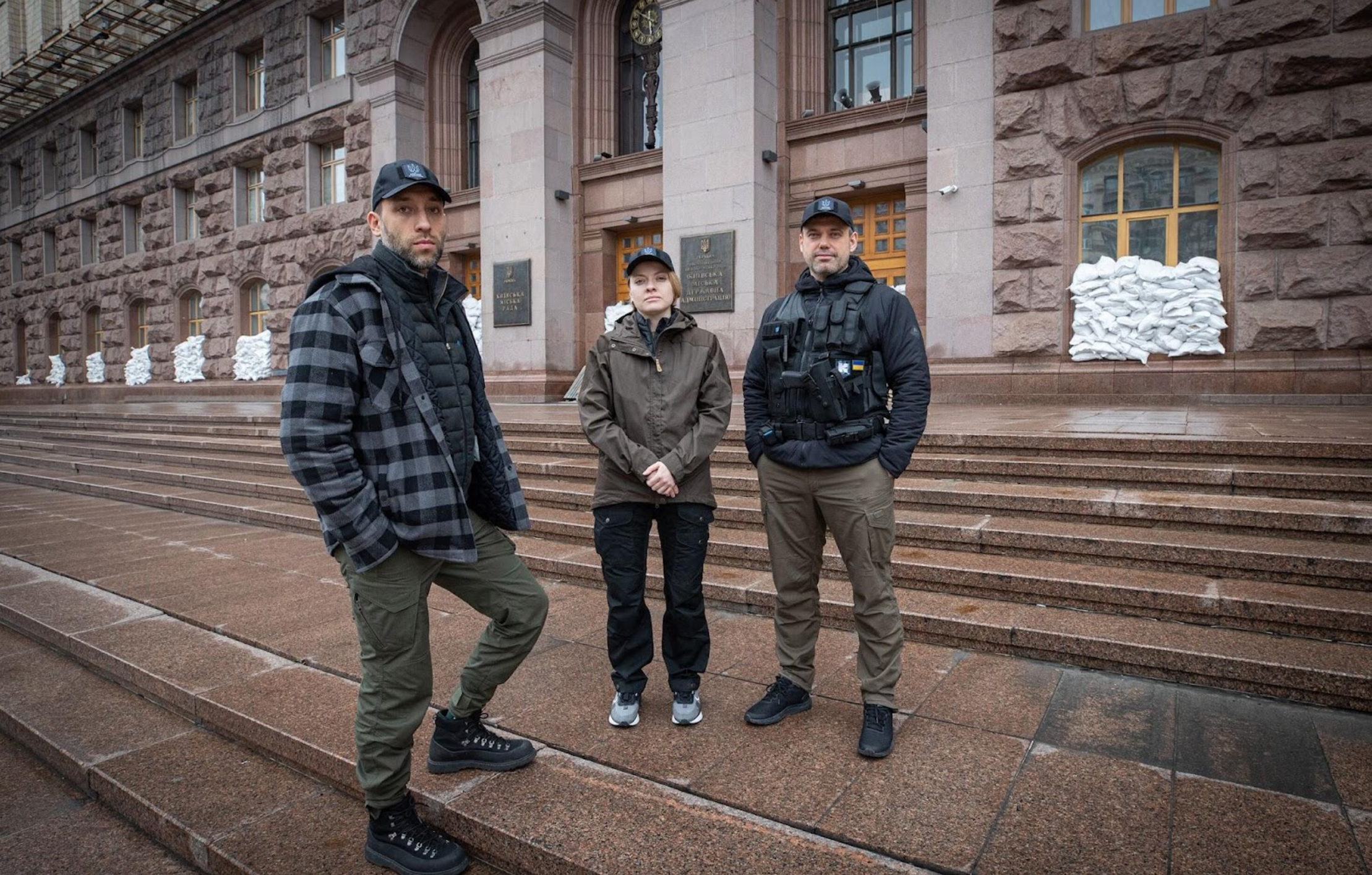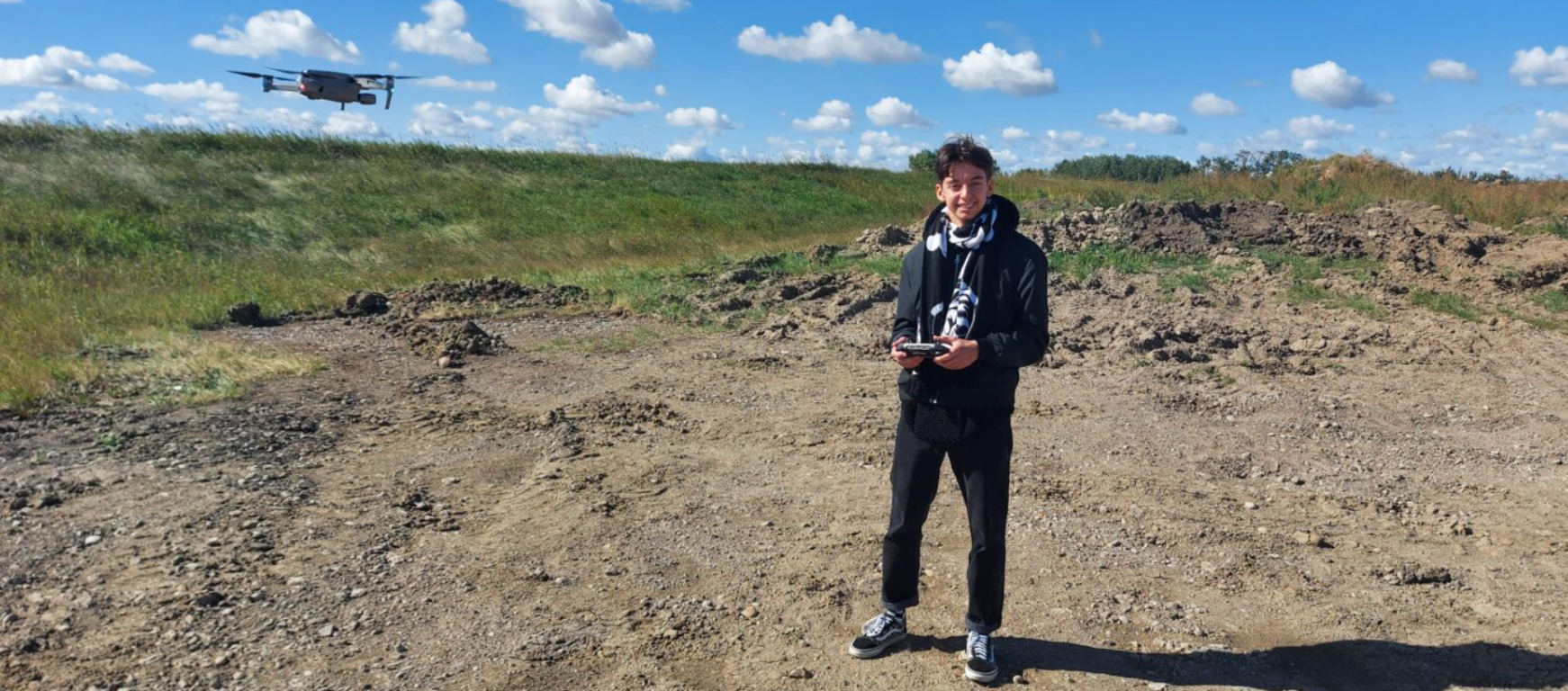Technological Self-Defense
It’s been over 600 days since Russian President Vladimir Putin launched his full-scale invasion of Ukraine. About 70,000 Ukrainian soldiers and 22,000 Ukrainian civilians have lost their lives.
Compared to Russia, Ukraine had little military preparation at the beginning of Putin’s full-scale invasion. Since its independence after the collapse of the Soviet Union, Ukraine has only wanted peace. As part of the 1994 Budapest Memorandum, Ukraine even gave up all of its nuclear warheads to Russia for decommissioning in exchange for assurance that Ukraine’s sovereignty would be respected by Russia and other world powers.
But Putin did not have such plans. While the Ukrainian government focused on peace and economic development, Putin began organizing new weapons stockpiles and increased production of weapons and ammunition. Now, Ukraine continues to fight for its own freedom against a country with a much larger supply of potential soldiers, while lacking the infrastructure to produce large-scale weapons like western tanks and fighter jets.
So what can Ukraine do? To quote Hamilton: “How does a ragtag, volunteer army in need of a shower/Somehow defeat a global superpower?”
Ukraine has its own secret weapon: innovation. Even before the full-scale invasion in 2022, Ukraine was ranked 45th in the world for global innovation, and 2nd in the world within its global income group. Now, Ukraine is #1 in the world for global contributions to science and technology contribution, #4 in Europe for digital and technological expertise and IT outsourcing destinations, and #14 in the world for the IT Competitiveness Index.
From the start, technology has played a role in how Ukrainians protect themselves. In Kyiv, Ukraine’s capital, city officials repurposed an app for paying utility bills and parking tickets so that it could provide information to help people stay safe.
Kyiv Director of IT Oleg Polovynko, Deputy IT Director Victoria Itskovich, and Kyiv Deputy Mayor and Chief Digital Transformation Officer Petro Olenych outside Kyiv’s city administration building on April 1. These people work around the clock to use technology to help Kyiv residents stay safe (Source: Samsonov Oleksii, Time Magazine).
The app, Kyiv Digital, now helps over 2 million people locate the nearest bomb shelter and access critical supplies like food, water, and insulin. It also has an alert system for air raids and databases of open supplies. Officials also organized a group chat with internet providers so that people could request internet for their bomb shelters. (If that sounds unreasonable to you, just remember that Kyiv was experiencing six to ten air raids per day, so people were spending lots of time in those shelters).
The Kyiv Digital app with nearby air raids labeled. The green emoji is for past air raids, while the red emoji is for ongoing air raids (Source: Courtesy Kyiv City Council, Time).
And it’s not just adults: high schoolers in Ukraine have also used their skills to support their people. Meet Sofia Tereshchenko, Anastasiia Feskova and Anastasiia Demchenko, three Ukrainian girls who were 16 and 17 at the time of Putin’s full scale invasion in 2022.
Sofia Tereshchenko, Anastasiia Feskova and Anastasiia Demchenko (Source: kidsrights.org).
These three amazing young women wanted to help Ukrainian refugees, especially young children who were fleeing on their own because their parents were either hurt or unable to leave. Together, the high schoolers created two apps to help young Ukrainian refugees communicate, which are both available in the app store. The first one, Refee, helps children from ages 4-11 communicate, ask for help, and find information in a country where they may not speak the language. It uses a simple interface and buttons so that the children don’t need to worry about spelling and can easily ask for what they need in the language of their host country.
Refee’s Main Menu (Source: VOA).
They submitted Refee to Technovation, an international technology competition for girls, and became semifinalists in 2022. The Technovation organizers even continued working to help them get funding to make Refee mainstream.
When two of the girls became refugees themselves, one in the UK and one in Japan, they made an app to help teenage refugees. This app, SVITY, helps facilitate conversations between refugees and their host families. The girls have since been nominated for a Children’s Peace Prize, which is the youth equivalent of a Nobel Peace Prize.
Other teens, like 17-year-old Igor Klymenko, design technology to be used on the front lines. Klymenko created a drone that detected unexploded land mines and determined their geolocations. He began the project as a fifth grader, after Putin annexed Crimea in 2014. After Putin’s full-scale invasion of Ukraine in 2022, Klymenko finished making the drone while hiding in a bomb shelter with eight other people.
Ukraine’s land has been heavily mined throughout the war, which is both dangerous as a military tactic and detrimental to Ukrainian farmland and grain production. Unexploded mines are difficult to remove, with an estimated one deminer dying and two being injured for every 5000 unexploded mines removed. Klymenko’s drone provided a much safer alternative to demining Ukrainian lands.
Klymenko was a finalist for the Chegg Top Ten Global Student prize in 2022.
Klymenko and his drone (Source: newpathway.ca).
“I just started thinking that I can’t give up,” Klymenko told Smithsonian Magazine. “I should go ahead, because this problem is becoming more relevant than in 2014. My people are defending Ukraine, my country, me, my family, and I should also help them.”
(Want to learn more about Ukraine’s wartime technological innovation? Check out this article about how Ukrainians have used their creativity to defend themselves as the war has dragged on.)
BY VERONIKA MOROZ




